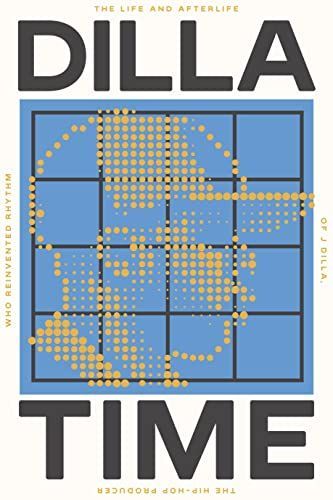
Reviews
Eric Drake@erichdrake
Daniel Bower@danielbower
Marion@mariorugu
Vaibhav Yadaram@vaibhavyadaram
Steven Ledbetter@skoobz
Hanna Schacter@hschacter
Mikre @mikre
Highlights
Daniel Bower@danielbower
Daniel Bower@danielbower
Daniel Bower@danielbower
Daniel Bower@danielbower